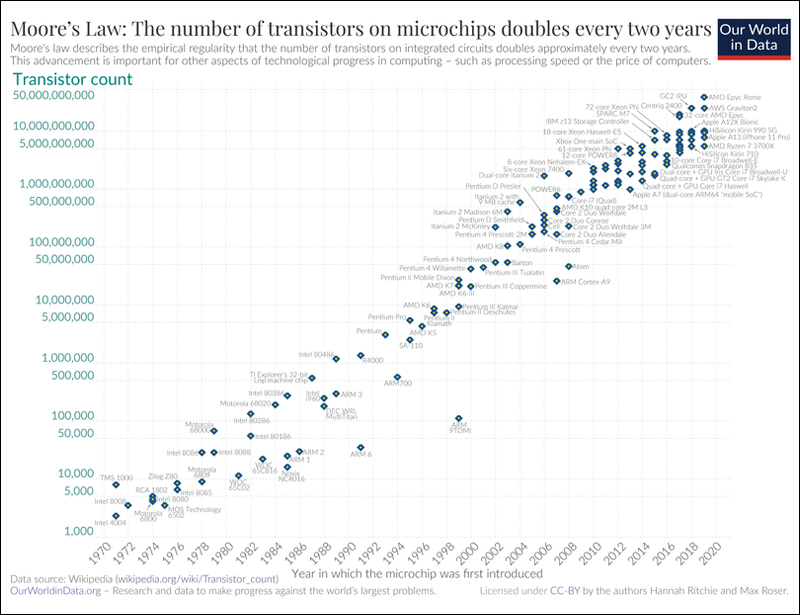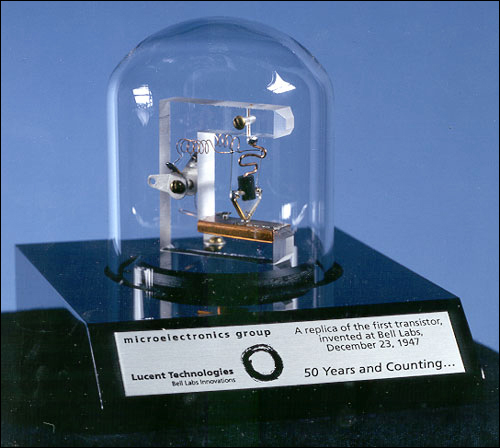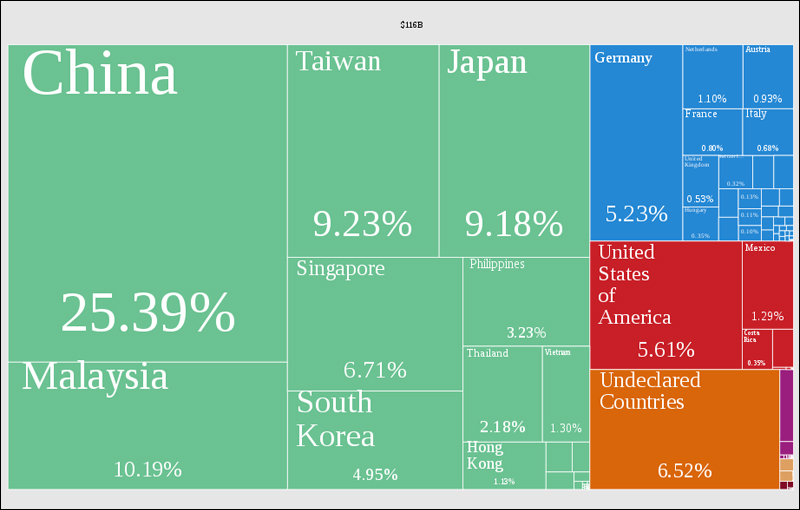The world is pouring trillions into semiconductors, and although the Indian government is doing its bit, we are far behind, opines Satyen K. Bordoloi as he outlines the ways to catch up
At the end of July, something unprecedented happened in the US Senate divided among partisan lines where Republicans and Democrats almost never cooperate. The opposing parties got together to vote on a bill that will pour $52 billion into domestic manufacturing of semiconductors. It seems tiny chips are powerful enough to unite big, warring factions. But this isn’t just restricted to the US.
China is pouring $1.4 trillion between 2020 and 2025 into advanced technologies with a focus on semiconductors. Germany is trying to attract chipmakers by giving €14 billion in financial support. UAE, Qatar and Japan are at it too and France unveiled a €5 billion investment plan.
India in December announced a plan to develop a semiconductor and display manufacturing ecosystem with a budgetary allocation of Rs 76,000 crores. India also plans to spend $30 billion to restructure its IT industry and build a semiconductor ecosystem over the next many years.
Why are nations pouring so much money into semiconductor manufacturing?

When we think of IT, we usually think of computers, software, mobiles, internet, coders, programming language etc. What we forget is that what drives every one of the physical devices used in this – from the laptop, mobile or tablet you’re using to read this, to routers, TVs, cars, even fridges and fans – are semiconductors.

As per a 2020 finding, semiconductors are the fourth most traded product in the world. This is huge yet just the tip of the iceberg when compared to what’s coming thanks to advances in multiple fields, from Artificial Intelligence to the Internet of Things (IoT), from the metaverse to 6G mobile networks.
Artificial Intelligence is a mesh of networks inside systems that mimics the networking of the human brain. The larger and more complex the network, the better its ‘intelligence’. The bigger it gets, the more chips it needs inside. An AI system needs exponentially more and superior chips than a normal computing system of comparable stature.
Metaverse will be fueled by wearable devices, from smart glasses to body sensors that mimic touch and feel. Each application is made possible by chips in those devices.
Everything, everywhere, all at once
However, the biggest need for semiconductors will be fueled by the Internet of Things and its marriage with 5G and the upcoming 6G network. The breathtaking speeds of these new generations of mobile connectivity technologies ensure that everything everywhere can be in constant communication with each other.

Take smart homes. From the central locking system to the fans, fridges, lights and even showers are networked. Today shoes with sensors that connect to an app on your phones are available. Same with baby diapers, shirts, pants, sports bras, the list is endless. The very term Internet of Things means everything you can think of can be connected to the internet with these tiny, magical things called semiconductors aka chips aka microchips.

When it comes to defence; drones, warplanes, tanks, missiles, personalized pistols and guns, smart uniforms of soldiers, almost everything will need chips. Then there is AI being used to keep an eye on borders.
Chip shortage can tank a nation’s markets as well. As dwindling demand due to lockdowns forced car manufacturers to cancel chip orders, when the demand did pick up, there weren’t enough to go around. This, along with chip shortage in other sectors, has led to a lowering of consumer spending, adding to fears of recession floating in the world today.
Thus, the very ‘Sovereignty, Unity and Integrity’ of nations and their progress is dependent on their chip manufacturing capabilities as no growth is possible without them. Within a few years, life, as we know it, will largely become unsustainable without these tiny things we call chips.
India’s place in the semiconductor world:
Despite making exponential strides in every IT-related industry, when it comes to semiconductor manufacturing, India is shockingly behind. We have a very small chip manufacturing industry and most of our semiconductor needs are met by imports. That is a huge problem as supply chain disruption like during the pandemic could upend our growth in multiple sectors.
The Rs 76,000 crores announced by the government of India, is welcome. But it needs to do a lot more to boost the semiconductor industry in the nation.

While the temptation to throw money at the problem is big, India must resist. China did that and is now nursing burnt fingers. Last week China announced that its top anti-corruption watchdog has launched investigations against several executives linked to the nation’s largest chip investment fund. According to the Financial Times Chinese authorities revealed that “they are investigating three former executives connected to the National Integrated Circuit Industry Investment Fund, called the “Big Fund”, which raised $51bn in its last two funding rounds.”
The solution is not tons of cash, but money in the right places. We need to focus on building a semiconductor ecosystem. We should not expect to match the technical prowess of Taiwan’s TSMC overnight. TSMC took 35 years to become the world’s most valuable semiconductor company, in the process making Taiwan a semiconductor superpower. We too will take at least a decade, if not more, to reach scale.
India should begin by focusing on chips that go into simple, everyday devices like TVs, ACs, fans, routers, speakers, etc. These are at the bottom of the pyramid, easier to develop the technology for and yet can save us hundreds of millions of dollars in imports while building a national chip manufacturing infrastructure. More importantly, it will create the pool of engineers, researchers and technocrats who in the years and decades to come, can take India to chip-superpower status.
One of the reasons the mighty USSR failed despite a lot of things going in its favor, is because they could not make a semiconductor chip as good as the one made by the US. This meant that the computers made there weren’t a scratch from those made in the US. Though this divide was small in the 50s, as new technologies riding on chips grew, Russia found itself being left far behind with time.
The USSR semiconductor story is a warning for every nation: chip up to shape up or get left behind.
In case you missed:
- Unbelievable: How China’s Outsmarting US Chip Ban to Dominate AI
- Why is OpenAI Getting into Chip Production? The Inside Scoop
- You’ll Never Guess What’s Inside NVIDIA’s Latest AI Breakthrough
- Deep Impact: How Cheap AI like DeepSeek Could Upend Capitalism
- Microsoft’s Quantum Chip Majorana 1: Marketing Hype or Leap Forward?
- DeepSeek not the only Chinese model to upset AI-pple cart; here’s dozen more
- AIoT Explained: The Intersection of AI and the Internet of Things
- AI Taken for Granted: Has the World Reached the Point of AI Fatigue?
- Why Elon Musk is Jealous of India’s UPI (And Why It’s Terrifyingly Fragile)
- Rise of Generative AI in India: Trends & Opportunities











1 Comment
Thank you for sharing the information about prospectors of the semiconductor gold rush, it is good article , keep sharing.